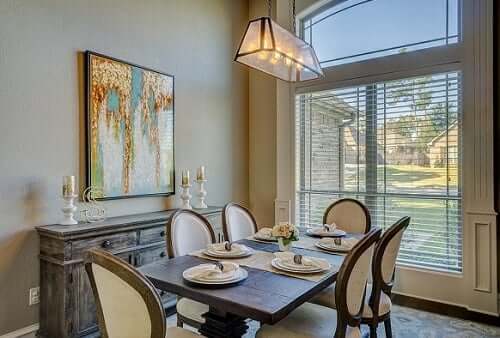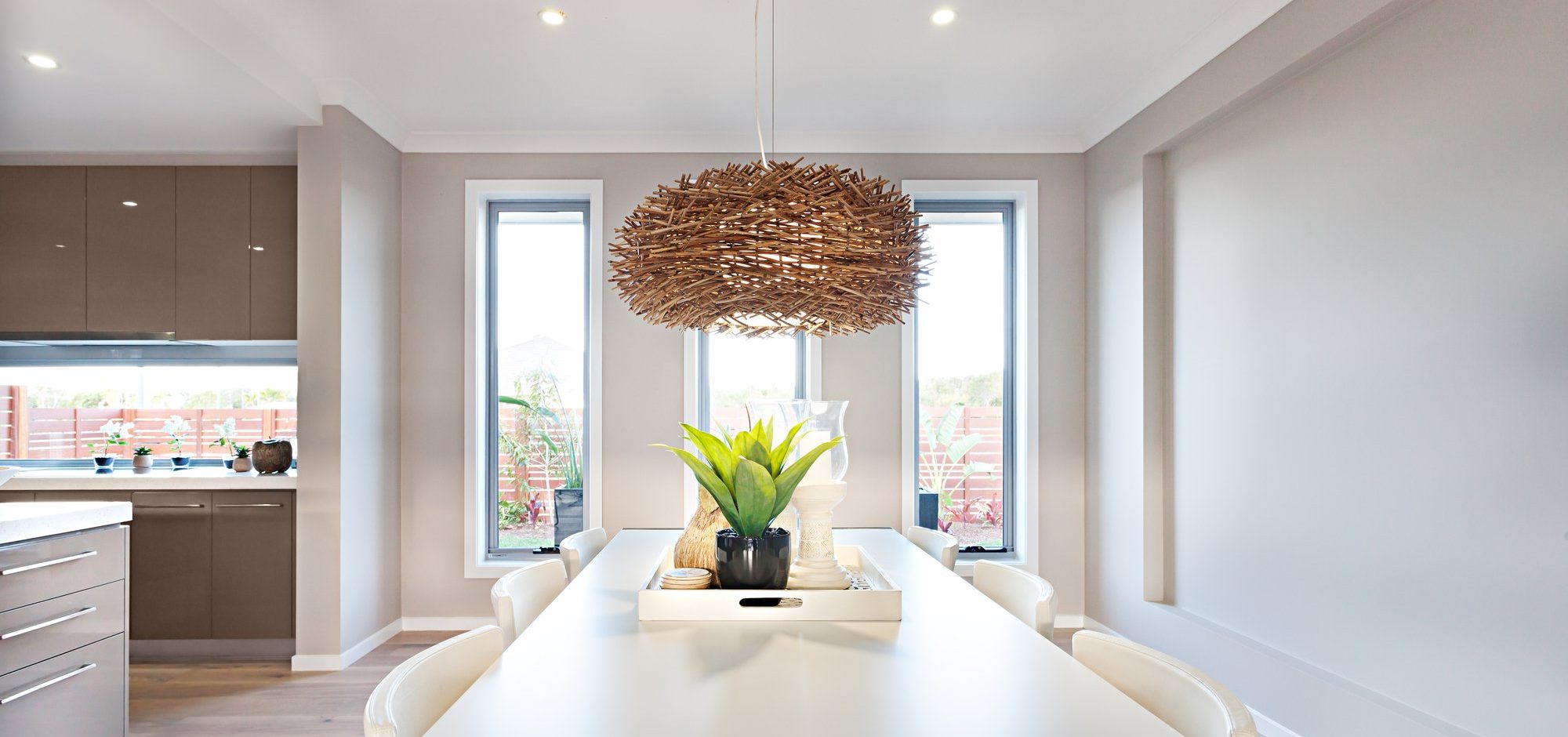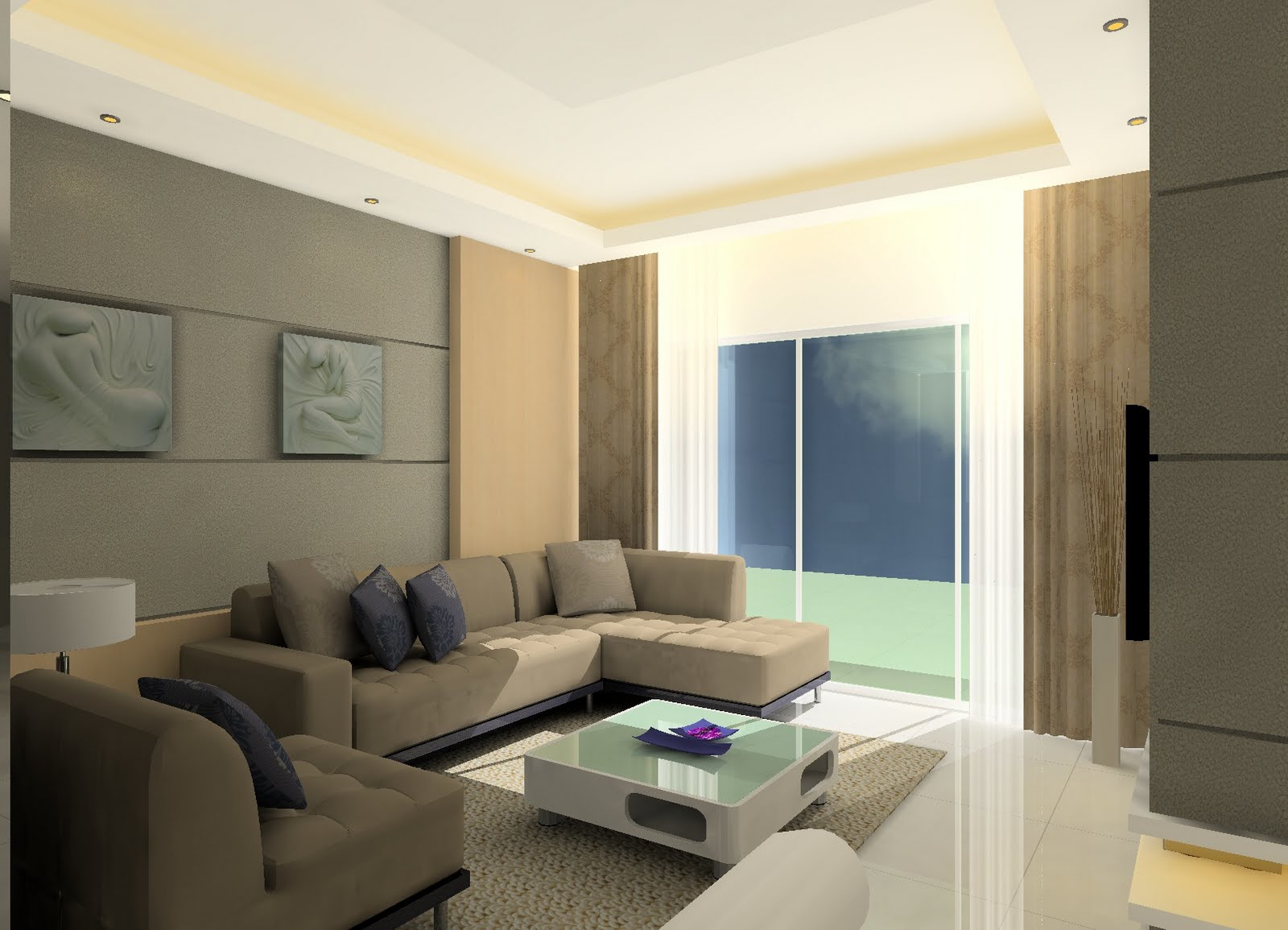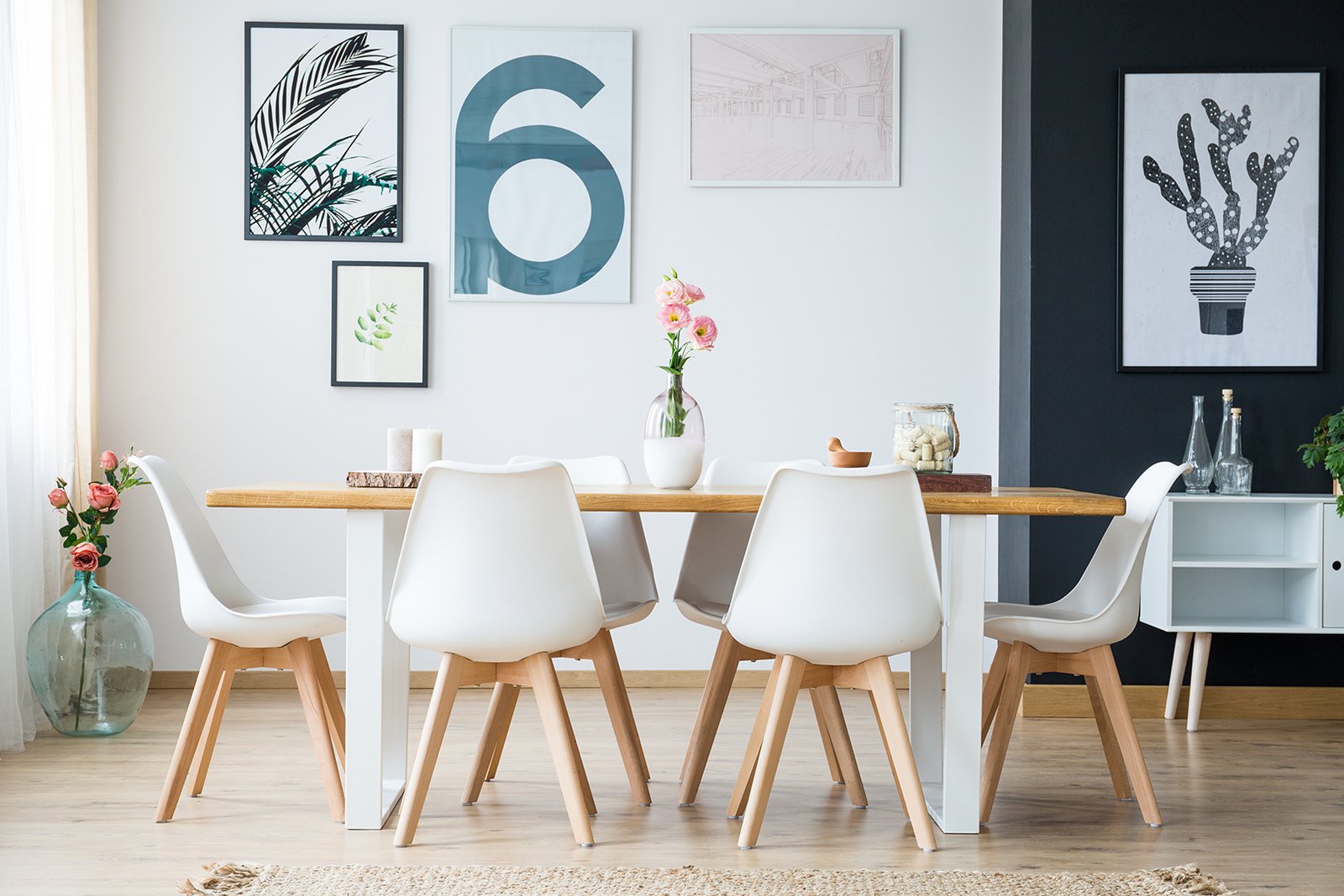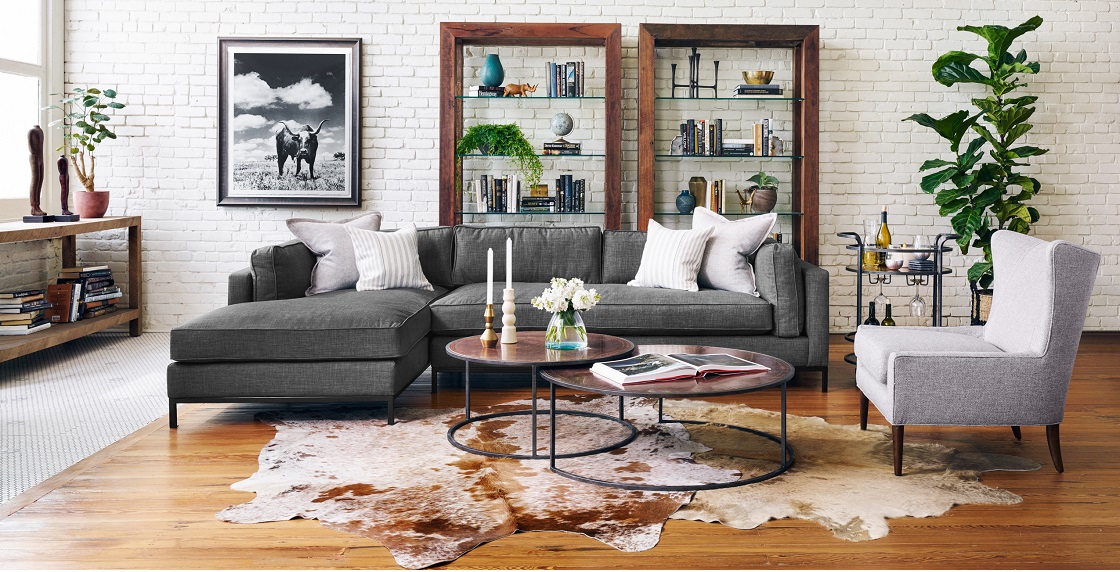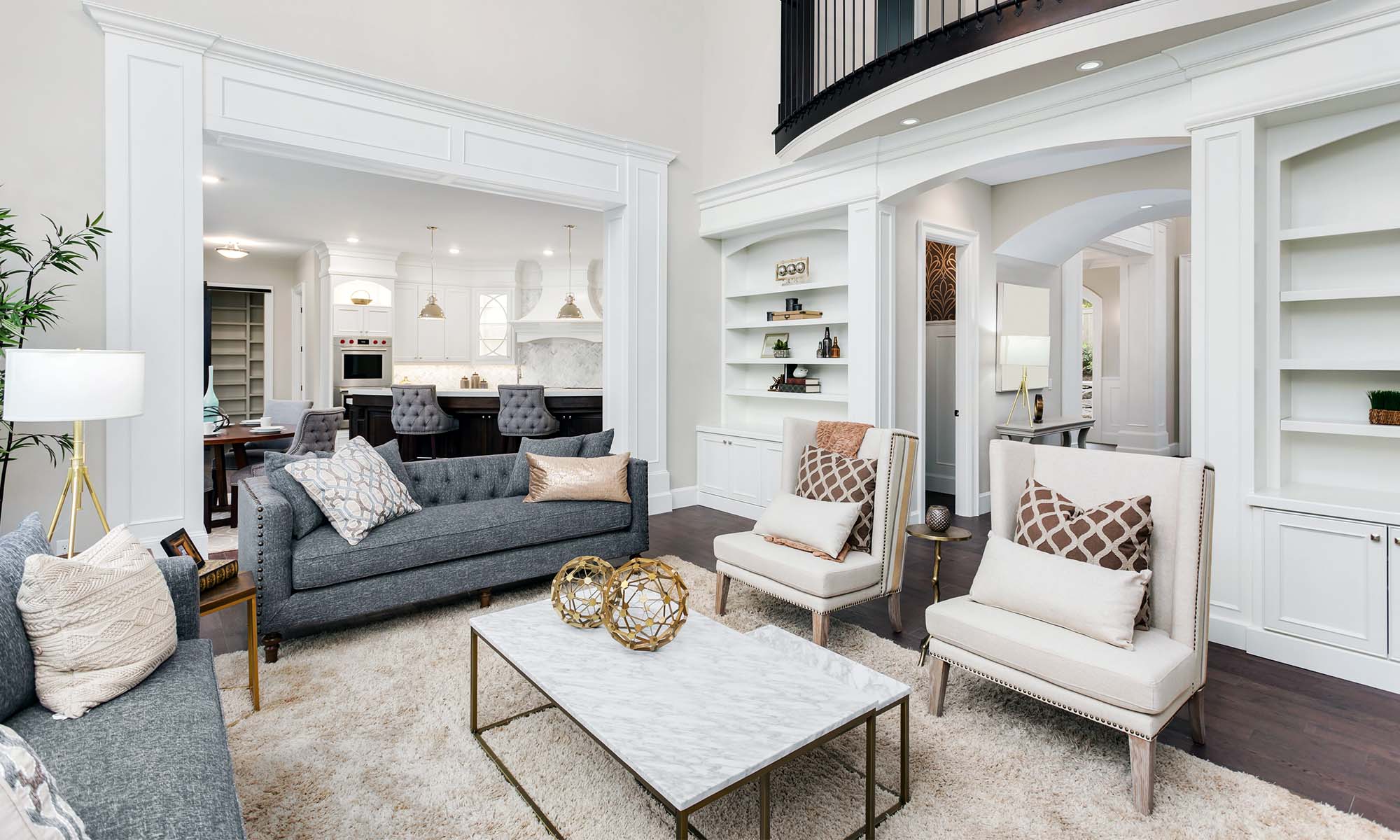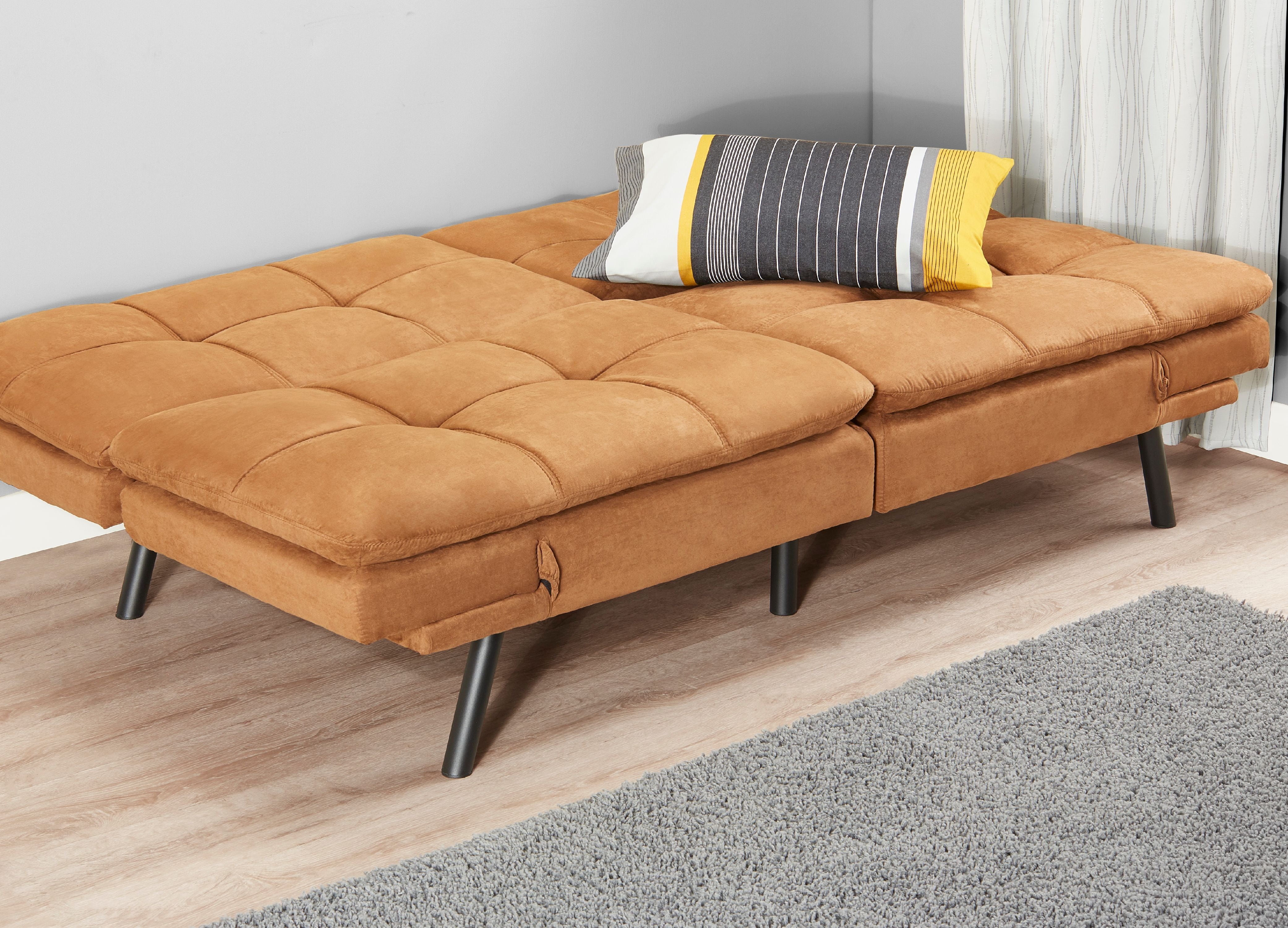When it comes to creating a harmonious and balanced dining room, incorporating feng shui principles can make a big difference. The layout of your dining room plays a crucial role in the flow of energy and can greatly impact the overall atmosphere of the space. Here are ten tips for a top-notch feng shui dining room layout.Feng Shui Dining Room Layout
The design of your dining room can greatly affect the energy flow and balance within the space. When choosing a design, consider the elements of feng shui and how they can be incorporated. From furniture placement to color choices, every aspect of the design should be carefully thought out for a well-balanced and inviting dining room.Feng Shui Dining Room Design
The colors in your dining room can have a significant impact on the energy flow and mood of the space. In feng shui, each color represents one of the five elements – wood, fire, earth, metal, and water. It is important to choose colors that align with the desired energy and purpose of the dining room. For example, red is associated with the fire element and can stimulate appetite and conversation, while green represents the wood element and promotes growth and harmony.Feng Shui Dining Room Colors
The dining table is the centerpiece of any dining room and its placement is crucial in feng shui. It is recommended to position the dining table away from the door and not in direct line with it. This placement allows for a more comfortable and inviting dining experience, as well as better energy flow within the room.Feng Shui Dining Room Table Placement
In feng shui, mirrors are considered powerful tools for reflecting and enhancing energy. However, their placement in the dining room should be carefully considered. Mirrors should not be placed directly in front of the dining table, as this can create a feeling of unease and discomfort for diners. Instead, opt for placing mirrors on the side walls to reflect natural light and create a sense of spaciousness.Feng Shui Dining Room Mirror Placement
The lighting in your dining room can greatly impact the mood and energy of the space. In feng shui, natural light is highly valued and should be maximized as much as possible. Avoid harsh, overhead lighting and opt for softer, more natural options. Candles are also a great addition to the dining room, as they represent the fire element and can create a warm and inviting atmosphere.Feng Shui Dining Room Lighting
The decor in your dining room should be carefully chosen to promote a sense of balance and harmony. Avoid clutter and opt for simple, meaningful decorations. Natural elements such as plants, flowers, and crystals can bring in positive energy and create a peaceful ambiance. It is also important to regularly dust and clean the decor to maintain a clear and positive energy flow.Feng Shui Dining Room Decor
The furniture in your dining room should not only be aesthetically pleasing but also promote a sense of balance and comfort. Avoid sharp corners and opt for rounded edges, which are more gentle on the energy flow. The arrangement of furniture should also allow for easy movement and flow within the room.Feng Shui Dining Room Furniture
Plants are a great addition to any dining room, as they bring in natural energy and purify the air. In feng shui, plants are associated with the wood element and can promote growth and vitality. However, it is important to choose plants that are suitable for the dining room and do not require too much maintenance. Dead or dying plants can bring in negative energy, so it is important to regularly care for and replace them if needed.Feng Shui Dining Room Plants
Here are a few additional tips to create a feng shui dining room: avoid placing the dining room near a bathroom, as this can create a draining energy; incorporate a water element, such as a small fountain or a painting of water, to promote flow and abundance; and always keep the dining room clean and clutter-free for a clear and positive energy flow.Feng Shui Dining Room Tips
The Importance of Feng Shui in Designing Your Dining Room

Creating a Harmonious Space
 When it comes to designing your dining room,
feng shui
is an essential aspect to consider. This ancient Chinese practice focuses on creating a harmonious and balanced environment, which can greatly impact our well-being and overall energy flow in the home. In the dining room, where we gather to share meals and conversations with our loved ones, incorporating
feng shui
principles can enhance the overall dining experience and promote a positive atmosphere.
When it comes to designing your dining room,
feng shui
is an essential aspect to consider. This ancient Chinese practice focuses on creating a harmonious and balanced environment, which can greatly impact our well-being and overall energy flow in the home. In the dining room, where we gather to share meals and conversations with our loved ones, incorporating
feng shui
principles can enhance the overall dining experience and promote a positive atmosphere.
The Layout of Your Dining Room
 One of the key elements of
feng shui
in the dining room is the layout. The dining table should be placed in a position where it is easily accessible and has a clear view of the entrance. This allows for a feeling of security and stability while dining. Avoid placing the dining table under a beam or in line with the front door, as these can create a sense of pressure and unease.
Feng shui
also suggests having a solid wall behind the dining table for support and stability.
One of the key elements of
feng shui
in the dining room is the layout. The dining table should be placed in a position where it is easily accessible and has a clear view of the entrance. This allows for a feeling of security and stability while dining. Avoid placing the dining table under a beam or in line with the front door, as these can create a sense of pressure and unease.
Feng shui
also suggests having a solid wall behind the dining table for support and stability.
The Power of Colors
 In
feng shui
, colors play a significant role in creating a harmonious space. When it comes to the dining room, it is best to stick to warm, earthy tones such as beige, brown, and yellow. These colors promote a sense of grounding and nourishment, making them ideal for a dining room setting. Avoid using dark or bold colors, as they can create a heavy and overwhelming atmosphere. Utilizing
wood
elements, such as a wooden dining table or chairs, can also add a sense of warmth and balance to the space.
In
feng shui
, colors play a significant role in creating a harmonious space. When it comes to the dining room, it is best to stick to warm, earthy tones such as beige, brown, and yellow. These colors promote a sense of grounding and nourishment, making them ideal for a dining room setting. Avoid using dark or bold colors, as they can create a heavy and overwhelming atmosphere. Utilizing
wood
elements, such as a wooden dining table or chairs, can also add a sense of warmth and balance to the space.
The Placement of Furniture
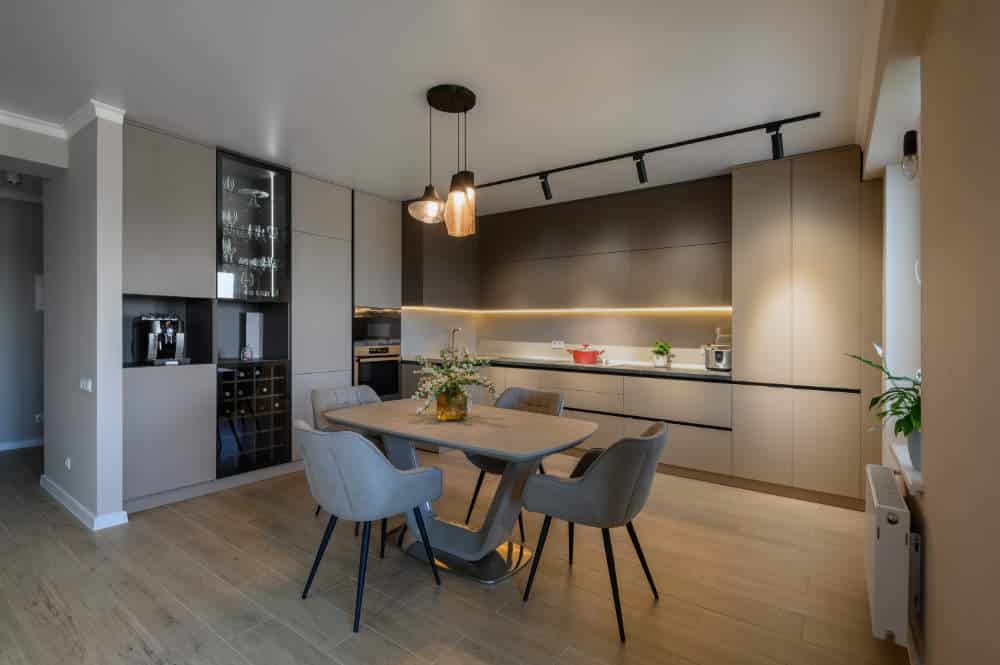 In addition to the dining table, the placement of other furniture in the dining room is also crucial in
feng shui
. It is recommended to have a buffet or sideboard on one side of the room to balance the dining table on the other side. This creates a sense of symmetry and balance in the space. Avoid placing any furniture that obstructs the flow of movement in the room, as this can disrupt the energy flow.
In addition to the dining table, the placement of other furniture in the dining room is also crucial in
feng shui
. It is recommended to have a buffet or sideboard on one side of the room to balance the dining table on the other side. This creates a sense of symmetry and balance in the space. Avoid placing any furniture that obstructs the flow of movement in the room, as this can disrupt the energy flow.
Bringing in Natural Light and Plants
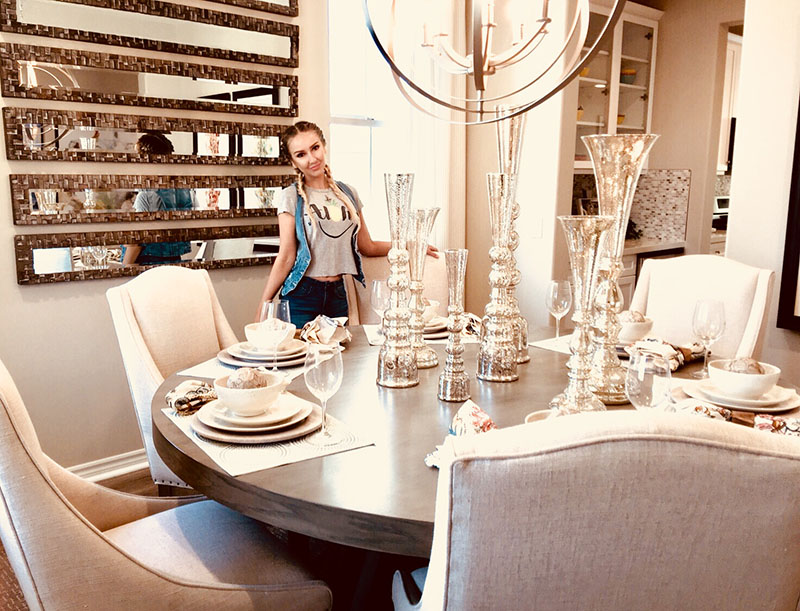 Natural light and plants are essential elements in
feng shui
that can bring positive energy into the dining room. Make sure to have plenty of natural light flowing into the room, as it promotes a sense of freshness and vitality. You can also add plants, such as
lucky bamboo
or
jade plants
, to further enhance the
wood
element and bring in a sense of growth and abundance.
Incorporating
feng shui
principles into your dining room design can greatly improve the overall energy and atmosphere of the space. By creating a harmonious and balanced environment, you can enhance your dining experience and promote a sense of well-being for you and your loved ones. Consider these
feng shui
tips when designing your dining room to create a space that is not only aesthetically pleasing but also promotes positive energy flow.
Natural light and plants are essential elements in
feng shui
that can bring positive energy into the dining room. Make sure to have plenty of natural light flowing into the room, as it promotes a sense of freshness and vitality. You can also add plants, such as
lucky bamboo
or
jade plants
, to further enhance the
wood
element and bring in a sense of growth and abundance.
Incorporating
feng shui
principles into your dining room design can greatly improve the overall energy and atmosphere of the space. By creating a harmonious and balanced environment, you can enhance your dining experience and promote a sense of well-being for you and your loved ones. Consider these
feng shui
tips when designing your dining room to create a space that is not only aesthetically pleasing but also promotes positive energy flow.
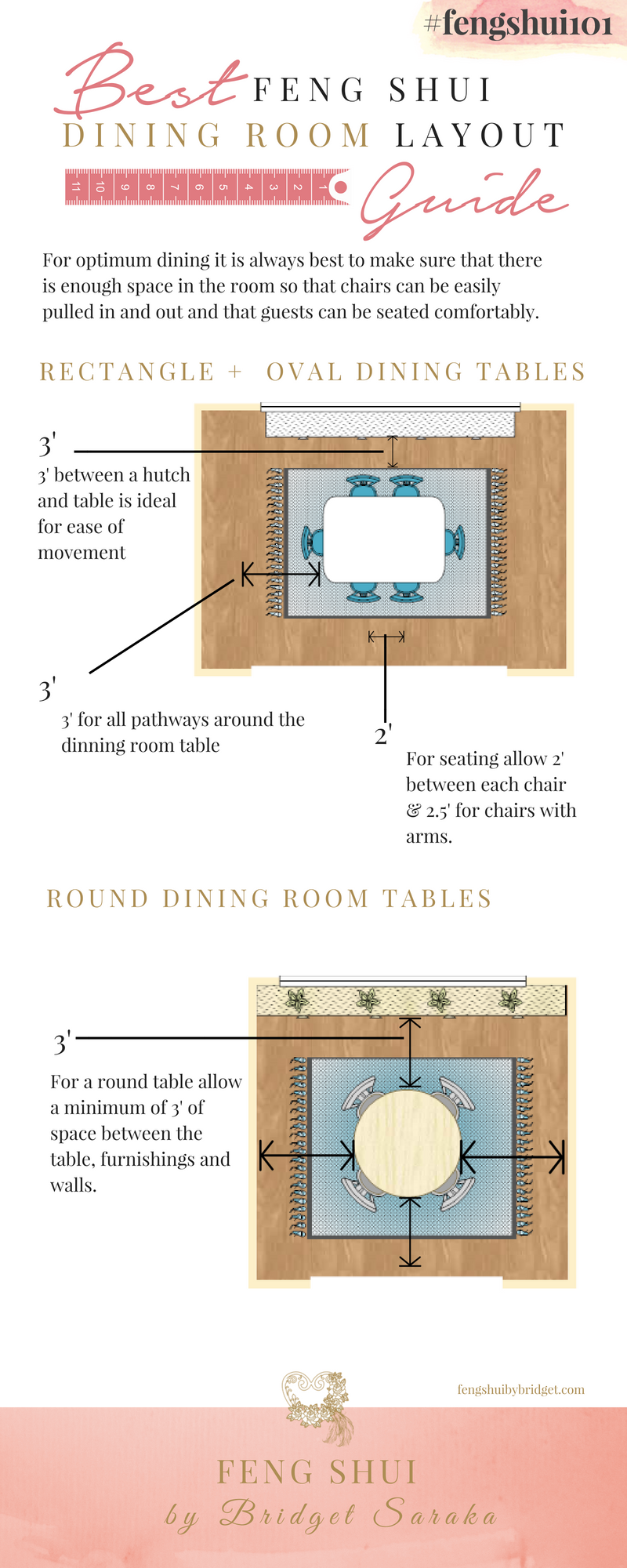



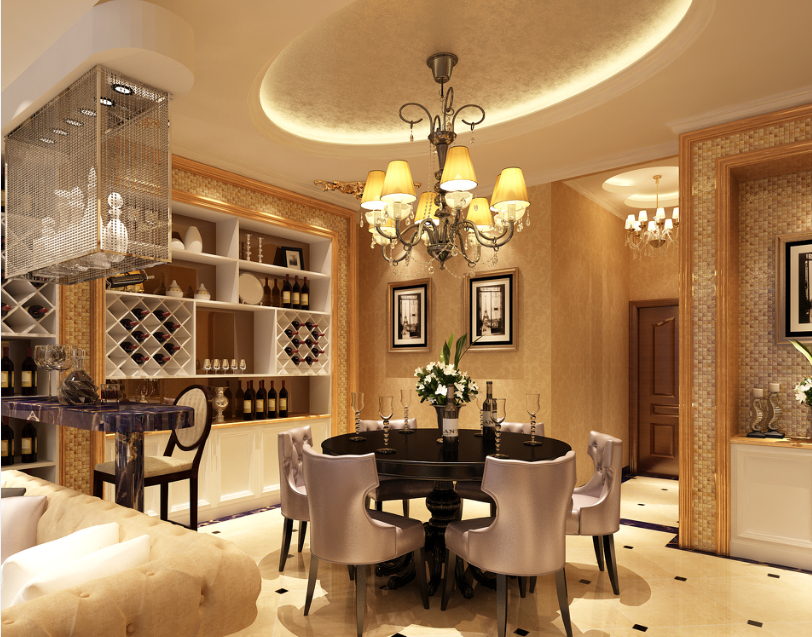

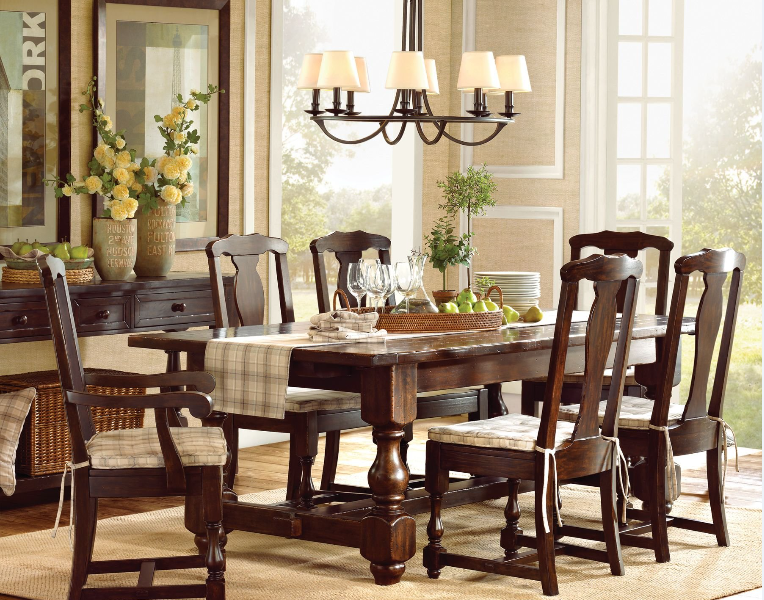







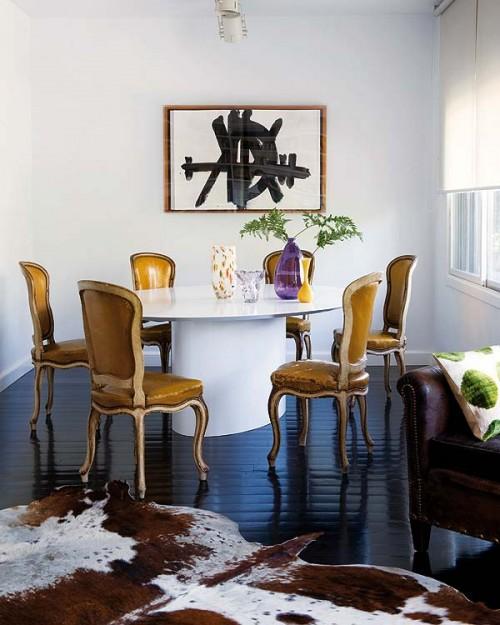


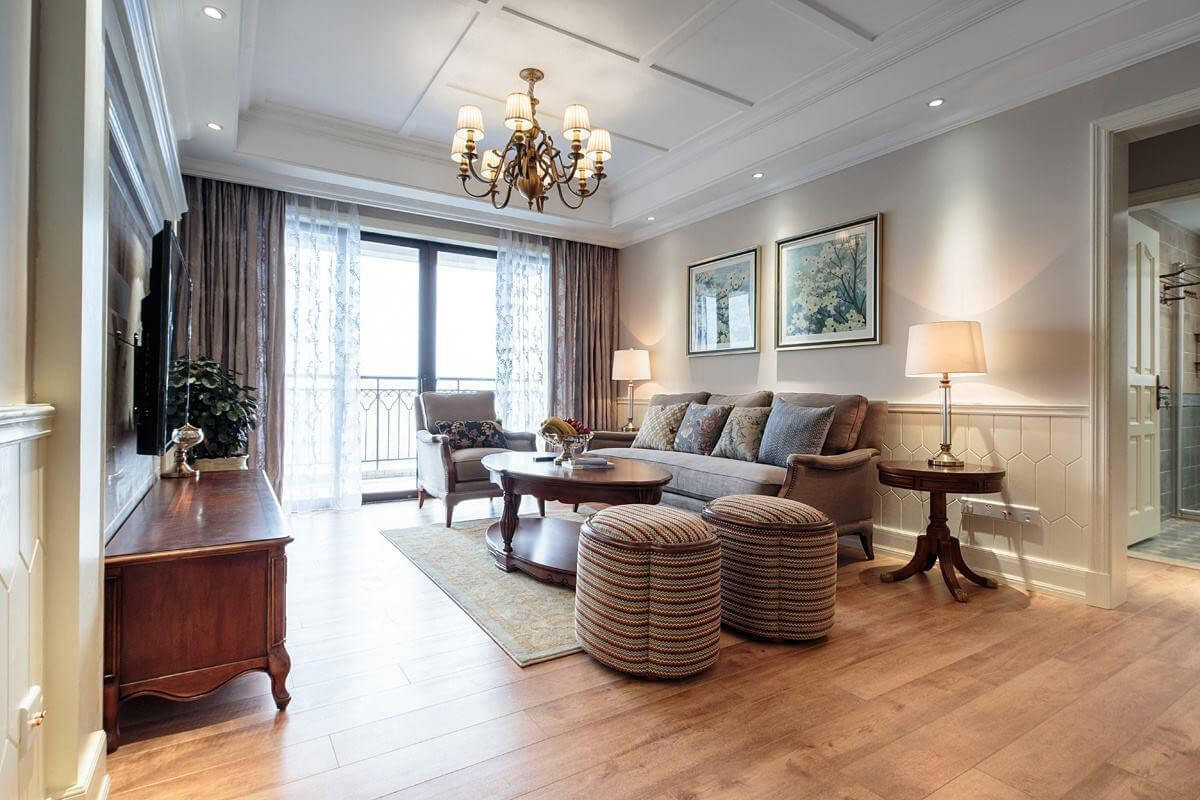
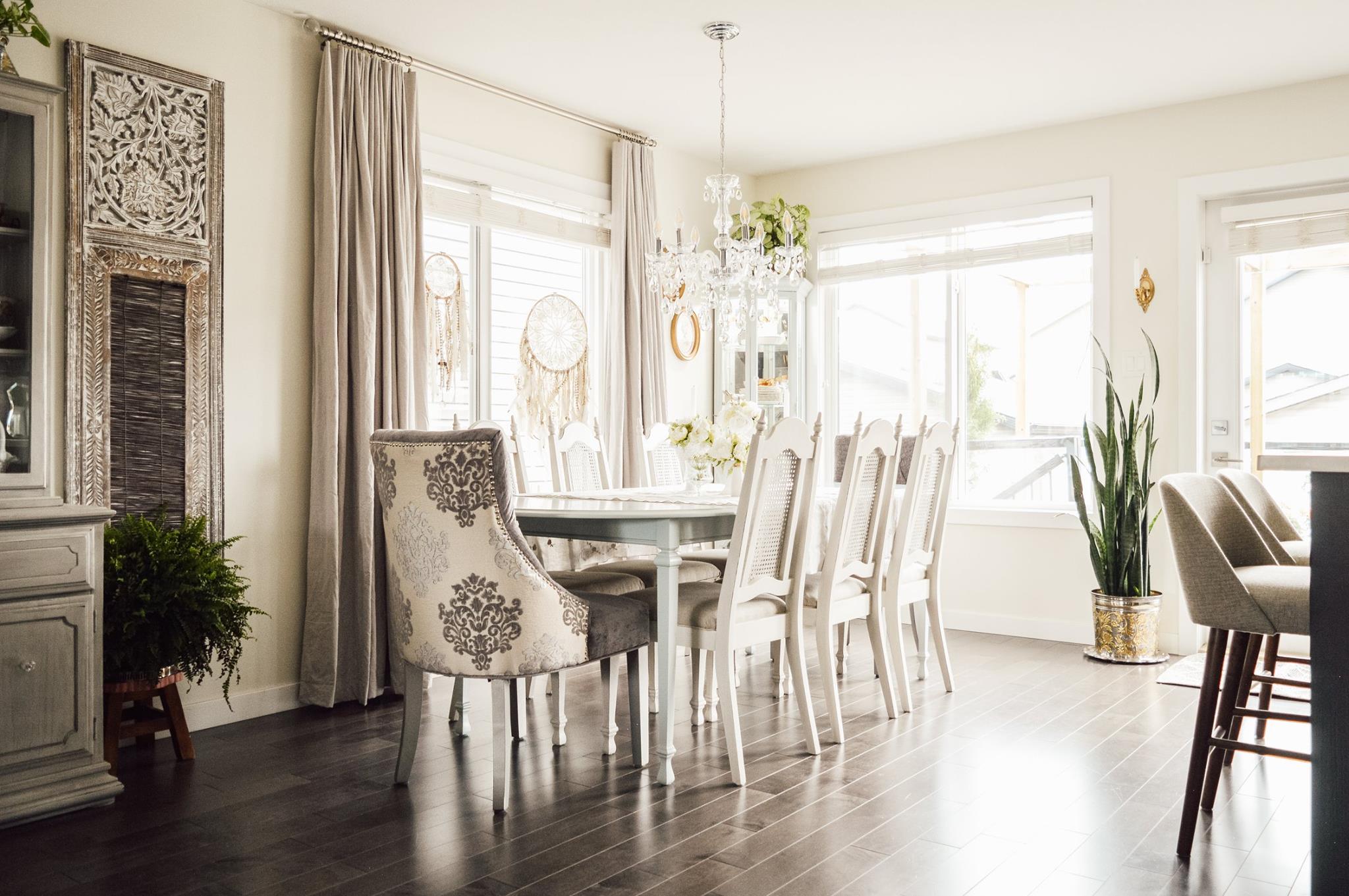







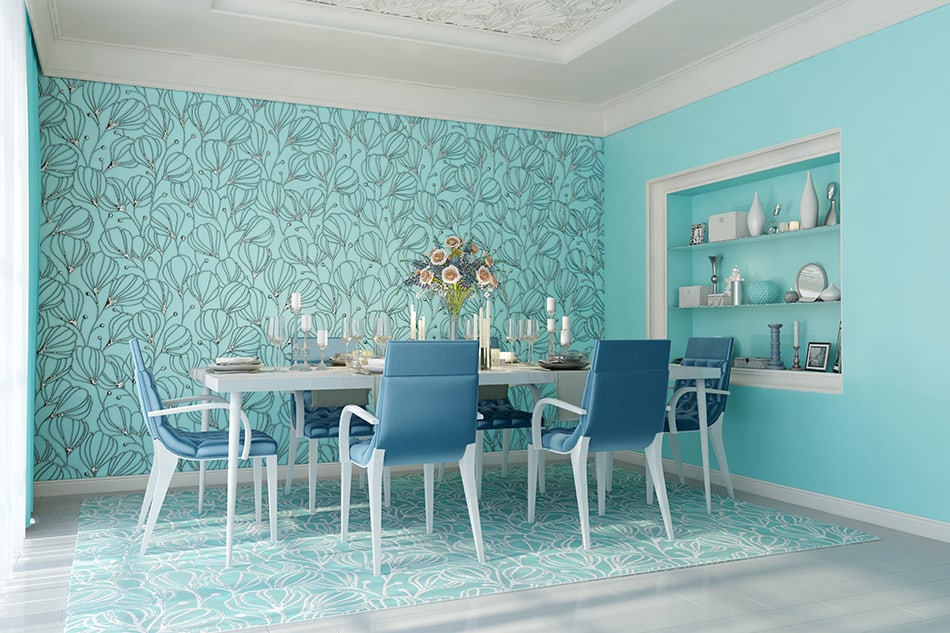


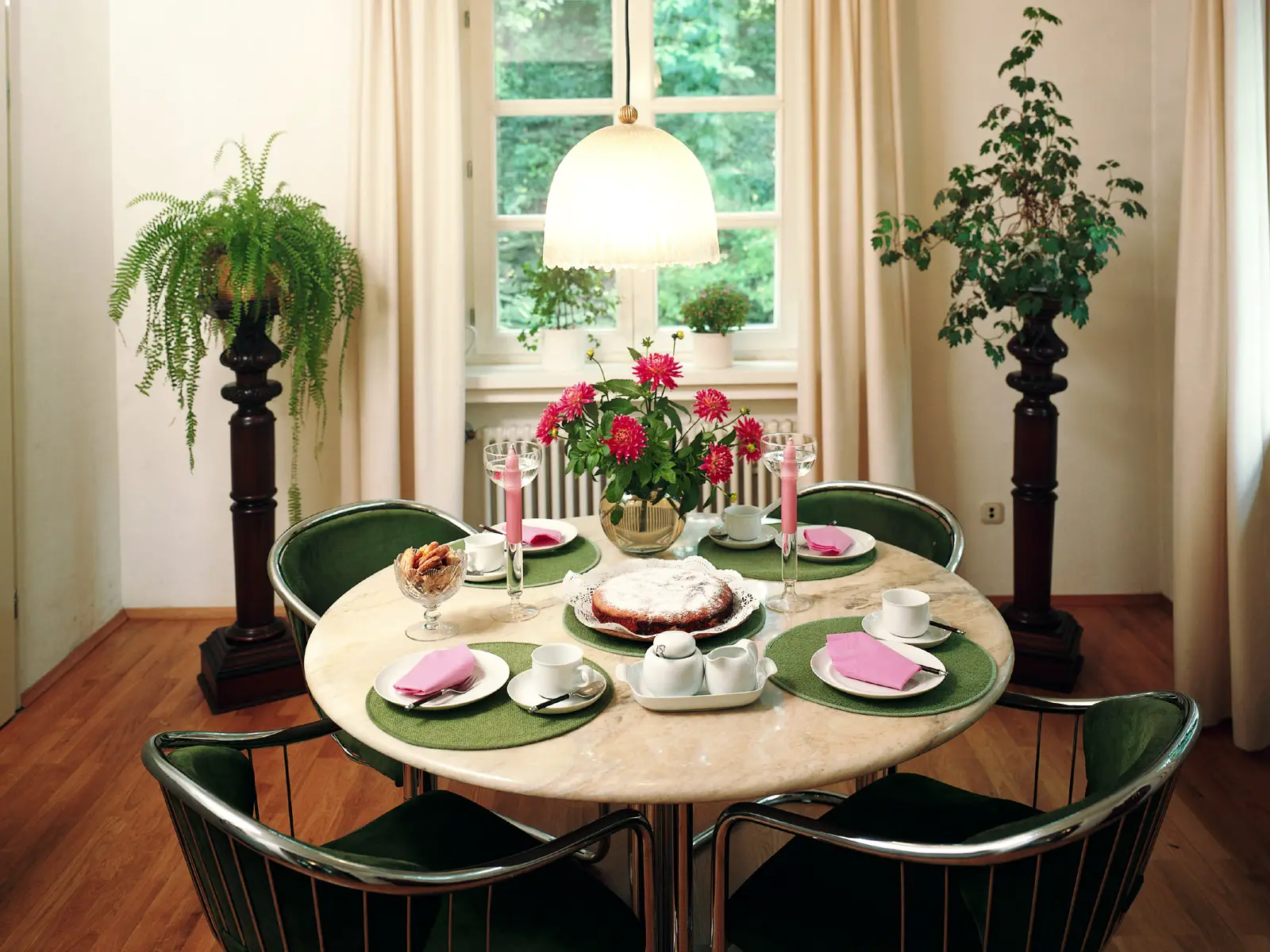






/Living-room-mirror-GettyImages-530358968-58b8be143df78c353c14eae5.jpg)






